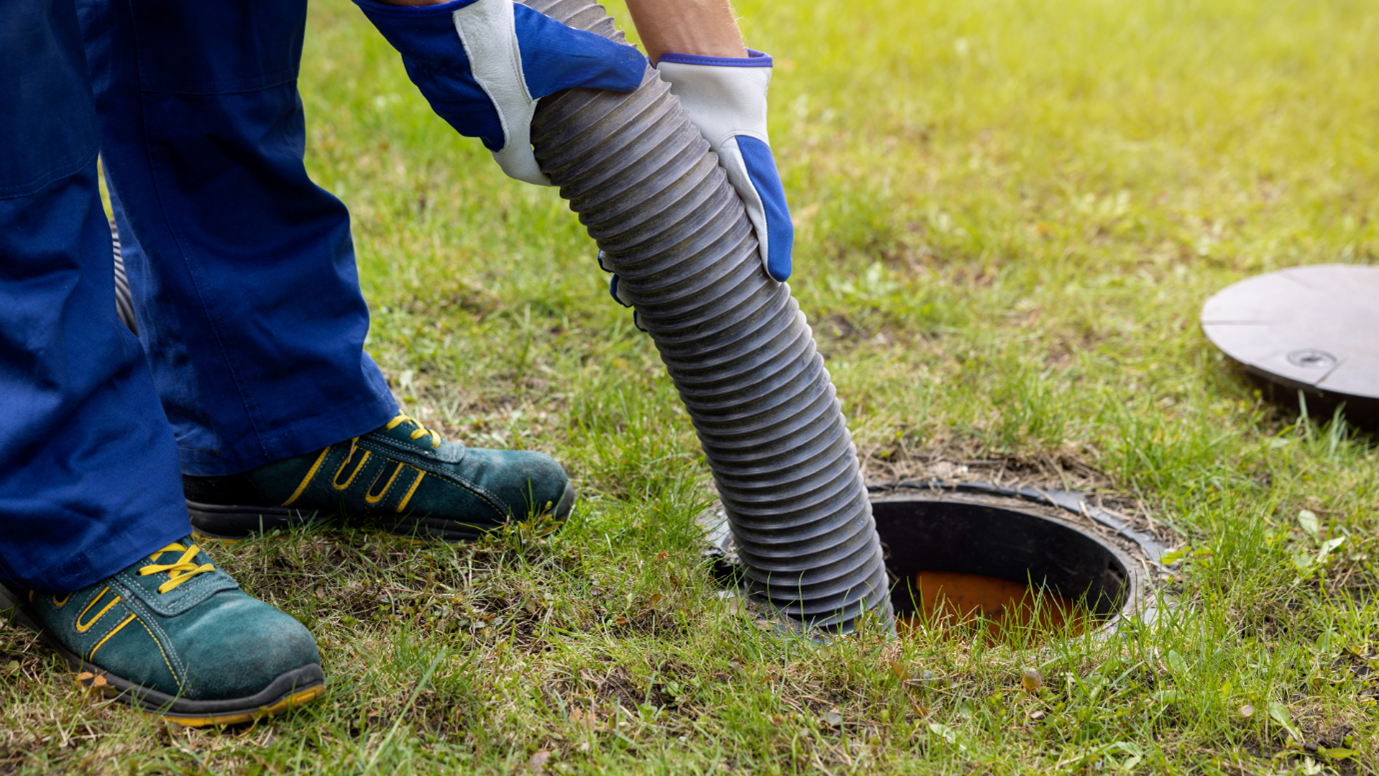Blocked septic tank in a sectional title scheme? Who’s responsible and what to do
Few things cause disruption in a sectional title scheme quite like plumbing and sanitation issues. Whether it’s a blocked septic tank, overflowing drains, or persistent foul odours, these issues don’t just affect comfort, they raise serious questions about maintenance, responsibility, and compliance.
STS recently received a query from an owner dealing with an ongoing blocked septic tank, a maintenance issue that had been ignored for too long. Understandably frustrated, the owner wanted to know: whose responsibility is it to fix this, and what can be done when nothing happens?
Common property vs private space: who maintains what?
In sectional title schemes, the starting point is this: the body corporate is responsible for the maintenance and repair of the common property.
This includes shared infrastructure like:
- Plumbing lines that serve more than one unit;
- Septic tanks and sewerage systems used by the scheme;
- Pipes, drains, and sanitation installations located on common property.
So, if the blocked septic tank services multiple units or is situated on common property, the responsibility for maintaining and repairing it rests squarely with the body corporate, subject to the specific facts of each case, of course.
What if nothing gets done?
Sadly, maintenance issues are sometimes left unresolved due to:
- Budget constraints;
- Absent or inactive trustees;
- Disputes over responsibility;
- Lack of urgency from the managing agent.
But sanitation is not optional. It affects health, safety, and liveability and it cannot be ignored.
If the trustees are unresponsive or unwilling to act, here’s what you can do.
Step-by-step: how to take action
1. Notify the trustees in writing
Submit a clear written notice outlining the problem, its impact, and the fact that it falls within the body corporate’s duties. Request action within a reasonable timeframe.
2. Keep records
Keep copies of emails, photos of the problem, and any professional reports (e.g. from plumbers or inspectors) that confirm the issue and its location.
3. Contact the managing agent
If there is one, escalate the issue to the managing agent, who is responsible for supporting the trustees and managing the physical and administrative issues of the scheme.
4. Escalate to CSOS
If nothing happens, approach the Community Schemes Ombud Service (CSOS). Under s 39 of the CSOS Act, the Ombud can:
- Investigate maintenance failures;
- Order the body corporate to perform repairs within a specified time;
- Resolve disputes between owners and the scheme.
This process is more affordable and accessible than formal litigation and is often an effective way to compel action. In any event, in most cases, one has to go to CSOS first and cannot always approach the courts first, unless in exceptional circumstances.
What if it’s a private or EUA issue?
Not all septic or drainage systems are managed by the body corporate. Depending on the location of the blockage and how the plumbing infrastructure is configured, responsibility could lie with:
- The owner (if the issue is isolated to a private section);
- The holder of an exclusive use area (if that responsibility is assigned by the rules or the notarial deed of cession conferring the exclusive use right);
- The body corporate (if the affected area is common property or shared infrastructure);
- The local municipality (if the septic or sewerage system is part of the public system).
In some older schemes or rural or peri-urban developments, septic systems or sewer connections may fall under municipal infrastructure. If so, the municipality has a statutory duty to maintain and repair those systems — but confirming this requires:
- Reviewing municipal service agreements, if any, or local by-laws;
- Consulting your local town planning or infrastructure department, or with the water and sanitations department;
- Obtaining a report from a professional plumber who can identify whether the issue lies on private property or within public lines.
If municipal responsibility is confirmed and service is not delivered, owners can submit a formal service delivery complaint or escalate to a ward councillor or local authority. If that fails, then court action should be considered by the body corporate against the municipality concerned.
READ: Securing your investment: A guide to 10-year maintenance plans for sectional title schemes
The broader picture: sanitation as a governance priority
Issues like blocked septic tanks are not just maintenance concerns — they signal deeper questions about trustee accountability and scheme governance. If basic maintenance is neglected, what else is falling through the cracks (or causing the cracks)?
When left unchecked, these problems can:
- Damage property values;
- Create legal risk for the trustees and managing agent;
- Trigger health complaints or environmental violations.
Trustees must remember; managing common property is not optional it’s a statutory fiduciary duty.
Don’t wait for the smell to spread
In community schemes, silence doesn’t solve anything. If your septic system is blocked and nothing is being done, you don’t have to sit and wait.
Start with a clear written complaint. If needed, escalate — first to the managing agent, then to CSOS. Because while plumbing problems are bad enough, lack of action is often what turns a fixable issue into a full-blown crisis.
READ: Proactive water management: a necessity for South African community schemes
Water solutions you can count on
Proper sanitation and water management go hand in hand. That’s why STS offers industry-leading water management solutions designed specifically for community schemes. These include water backup and efficient pump solutions, advanced water monitoring systems, leak detection and smart metering – all helping communities proactively manage water infrastructure, reduce consumption, and prevent issues like overflows or undetected leaks. Comprehensive reporting can identify problems early, take timely action, and ensure compliance, safeguarding residents’ wellbeing and property values in the process.
Tap into the future with our water management solutions. Contact us to find out more.






